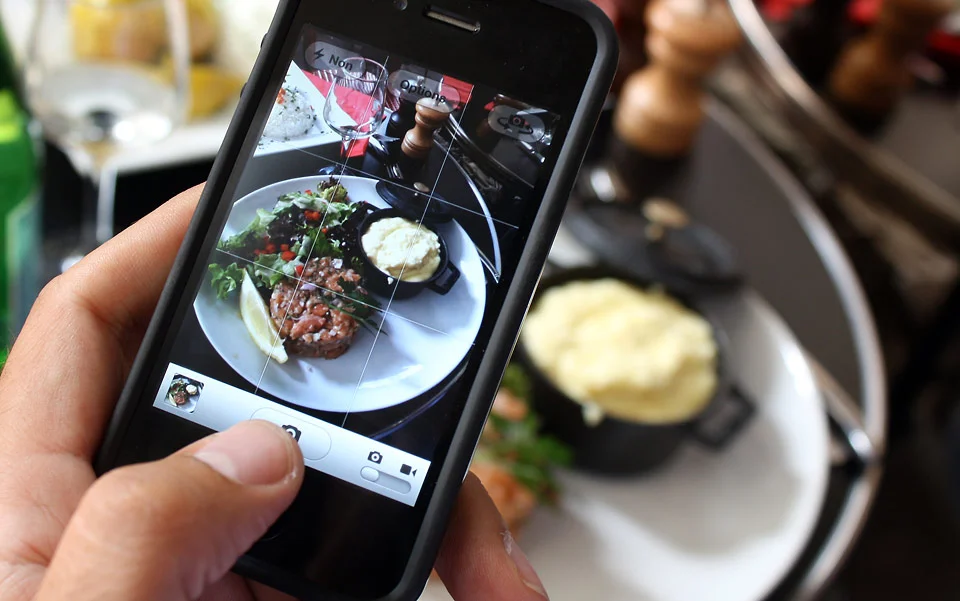The Language of Food & Its Predictive Social Media Power
Foodie culture is infiltrating cities throughout the nation. People are jumping on board the “food truck”, looking to explore the realm of food art and culinary innovation, and they’re taking their experiences to social media.
The strategically placed snapshots of pumpkin spice lattes and acai bowls that fill our feeds do more than just rack up “likes” and make our mouths drool, they give us insights into our society’s culture, habits, beliefs, and health status. A group of researchers from the University of Arizona collected over 3 million food related posts from Twitter to understand how food language can predict regional and national tendencies.
The team analyzed key words and hashtags, and found that usage of certain terms is highly powerful in explaining and even forecasting population characteristics. Terms such as food porn, after work, snack, and drinks are more often used by overweight populations, while posts and hashtags with the words happy, beer, open, and date, represent societies less prone to obesity.
Ideologies can also be guessed by analyzing food language- vegan, yum, brunch, and bacon tend to come from Democrats, while lunch, airport, after work, and delicious tend to be used by Republicans. Food language is commonly associated with geographic location as well. The Midwest sees posts with promotional words like free and off, the Northeast likes using brunch and words about group dining, the South loves their chicken and baked foods, and the West is home to foodporn and Mexican food.
As for the future of food language, the researchers want to be able to predict individual behaviors and potential health risks using social media data. On a commercial scale, such food language analysis may also improve businesses targeted marketing efforts and help put food brands in front of interested and hungry consumers.

